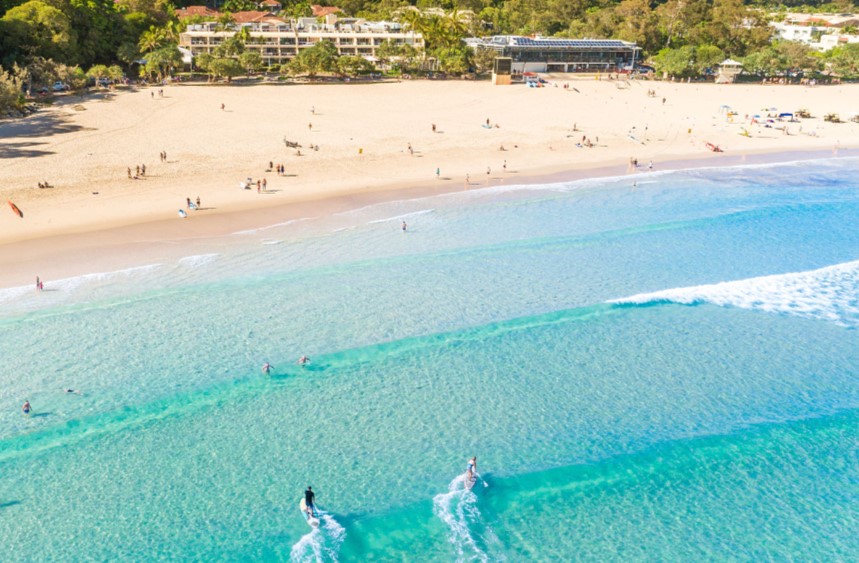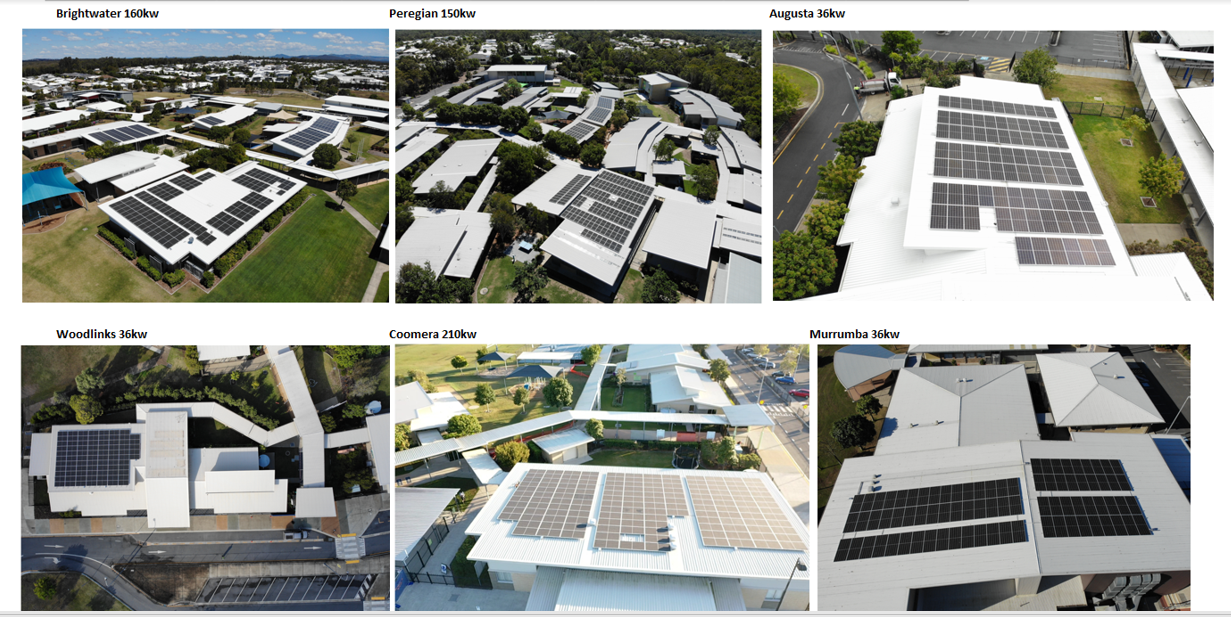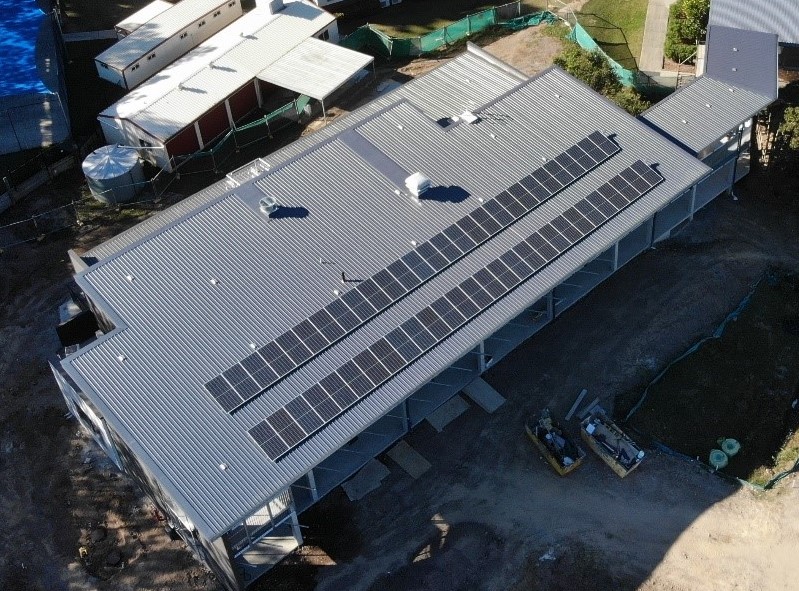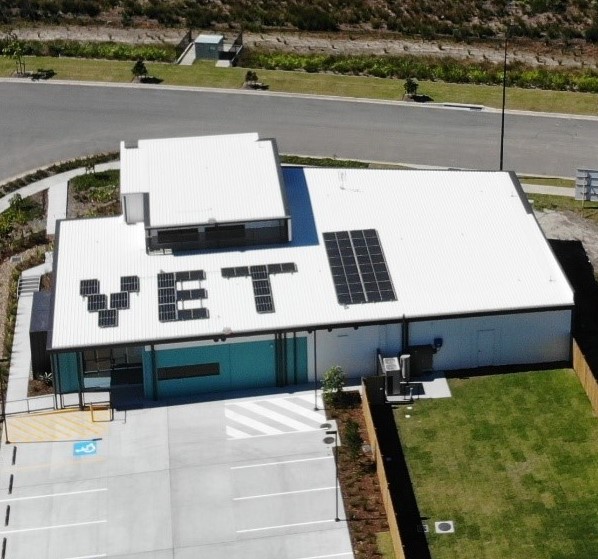In the sun-drenched paradise of Queensland’s Sunshine Coast, it’s no surprise that solar energy has become a hot topic. With more and more residents and businesses turning to the power of the sun, it’s time to shed some light on the common misconceptions surrounding this renewable energy source. The Pride Group, a leading solar energy provider on the Sunshine Coast, is here to debunk these myths and show you why solar power is a bright idea for everyone, no matter where you live.
Myth 1: Solar Panels Don’t Work in Winter or Cloudy Weather
One of the most persistent myths about solar energy is that panels become useless during winter months or on overcast days. This couldn’t be further from the truth!
While it’s true that solar panels produce more electricity on bright, sunny days, they continue to generate power even when the skies are grey. In fact, solar panels can be more efficient in cooler temperatures, as excessive heat can actually reduce their effectiveness.
Let’s look at some data from right here in Queensland:
According to the Australian PV Institute, the average daily solar radiation in Brisbane during winter (June to August) is still around 4.2 kWh/m²/day. Compare this to the summer average of 6.2 kWh/m²/day, and you’ll see that winter production is still significant.
Myth 2: Solar Panels Are Only for Sunny Climates
While Queensland certainly benefits from its abundant sunshine, solar energy isn’t just for the tropics. Countries like Germany, which receives far less sunlight than Australia, have been solar energy leaders for years.
In 2020, Germany generated about 10% of its electricity from solar power, despite having average solar irradiance levels less than half of what we enjoy here on the Sunshine Coast. This proves that solar energy can be viable even in less sunny regions.
Here in Queensland, we’re in an even better position to harness solar power. The Sunshine Coast receives an average of 7 hours of sunshine per day, compared to Germany’s average of about 4.8 hours. This means that solar panels installed here can potentially generate nearly 50% more energy than those in Germany.
Myth 3: Solar Panels Are Too Expensive
While the upfront cost of solar panels can seem high, the long-term savings and government incentives make them an excellent investment for most households and businesses.
According to data from Solar Choice, the average cost of a 6.6kW solar system in Brisbane (as of early 2023) is around $5,170 after rebates. However, this system can potentially save homeowners up to $1,500 per year on electricity bills, meaning it could pay for itself in less than 4 years.
The Pride Group’s customer, John Baker, a small business owner in Noosa, shares his experience: “I was hesitant about the initial cost, but after crunching the numbers, it was a no-brainer. My system paid for itself in just over three years, and now I’m saving thousands each year on energy costs. It’s been great for my bottom line.”
Additionally, the Australian government offers Small-scale Technology Certificates (STCs) which can significantly reduce the upfront cost of solar installations. These incentives make solar power more accessible than ever before.
Myth 4: Solar Panels Require a Lot of Maintenance
Many people believe that solar panels need constant cleaning and maintenance to function properly. In reality, solar panels are remarkably low-maintenance.
Most solar panels are designed to be self-cleaning, with rain washing away most dirt and debris. In areas with little rainfall, an occasional rinse with a garden hose is usually sufficient.
The Pride Group recommends an annual professional inspection to ensure optimal performance, but day-to-day maintenance is minimal. Many of our customers, like Emma Lewis from Caloundra, are pleasantly surprised by how little upkeep is required: “I thought I’d be up on the roof every month cleaning the panels, but they pretty much take care of themselves. It’s been much easier than I expected.”
Myth 5: Solar Panels Will Damage My Roof
This is a common concern, but when installed correctly by professionals like those at the Pride Group, solar panels can actually protect your roof.
Solar panels are mounted on a racking system that distributes their weight evenly across your roof. This system is designed to withstand high winds and other extreme weather conditions common in Queensland.
In fact, the area of roof under solar panels is shielded from the elements, potentially extending the life of that portion of your roof. The Pride Group uses high-quality mounting systems and works with experienced installers to ensure that your roof’s integrity is maintained.
Myth 6: Solar Energy Can’t Power My Whole Home
With advances in solar technology and energy storage solutions, it’s entirely possible for solar energy to power an entire home, even at night or during extended periods of cloudy weather.
The key is in proper system sizing and, optionally, the addition of a battery storage system. The Pride Group works with each customer to design a system that meets their specific energy needs.
For example, the Thompson family in Maroochydore installed a 10kW system with battery storage through the Pride Group. “We’re practically off the grid now,” says Mike Thompson. “Even during the wet season, we rarely have to draw power from the main grid. It’s amazing to be so self-sufficient.”
According to data from the Clean Energy Council, the average Australian home uses about 18 kWh of electricity per day. A well-designed solar system can easily meet or exceed this demand, especially in sunny Queensland.
Myth 7: Solar Panels Will Make My Home Less Attractive
While aesthetics are subjective, modern solar panels are designed to be sleek and unobtrusive. Many homeowners find that solar panels add a touch of modernity to their homes, and some even consider them a status symbol of environmental responsibility.
In fact, studies have shown that homes with solar panels often sell faster and for higher prices than comparable homes without solar. A study by the Lawrence Berkeley National Laboratory found that home buyers consistently have been willing to pay more for homes with host-owned solar photovoltaic (PV) energy systems.
The Pride Group offers a range of panel options, including all-black panels that blend seamlessly with dark roofs, and low-profile designs that sit close to the roofline.
Myth 8: Solar Energy Is Not Reliable
Some people worry that solar energy is not a reliable power source due to its dependence on sunlight. However, with proper system design and the option of battery storage, solar can be an extremely reliable energy source.
Modern solar inverters are highly efficient and can produce power even in low-light conditions. When combined with battery storage, a solar system can provide consistent power regardless of the time of day or weather conditions.
The Australian Energy Market Operator (AEMO) has reported that rooftop solar is becoming increasingly important for grid reliability, particularly during peak demand periods on hot summer days.
Myth 9: Solar Panels Don’t Last Long
This myth likely stems from outdated information about early solar technology. Today’s solar panels are built to last.
Most solar panels come with a 25-year performance warranty, guaranteeing that they’ll continue to produce at least 80% of their rated power after a quarter-century. Many panels continue to perform well beyond this period.
The Pride Group uses high-quality panels that are designed to withstand Queensland’s sometimes harsh weather conditions, including high temperatures, humidity, and occasional hail.
Myth 10: Installing Solar Panels Is Complicated and Time-Consuming
While DIY solar installation is not recommended, having professionals like the Pride Group install your system is a straightforward process.
Most residential installations can be completed in just 1-2 days. The Pride Group handles all aspects of the installation, from initial assessment and design to installation and grid connection.
The Bright Future of Solar on the Sunshine Coast
As we’ve seen, many of the common myths about solar energy simply don’t hold up to scrutiny. Solar power is a reliable, cost-effective, and environmentally friendly energy solution that’s particularly well-suited to the sunny climate of Queensland’s Sunshine Coast.
With continual advancements in technology, decreasing costs, and strong government support, there’s never been a better time to consider solar energy for your home or business.
The Pride Group is committed to helping Sunshine Coast residents harness the power of the sun. By providing high-quality solar solutions tailored to each customer’s needs, we’re working towards a cleaner, more sustainable future for our community.
As the data shows, solar energy is not just a passing trend, but a robust and growing part of Australia’s energy mix. In 2020, rooftop solar provided 6.4% of Australia’s total electricity, and this figure is projected to rise to 14% by 2040 according to AEMO forecasts.
Don’t let outdated myths hold you back from embracing the solar revolution. Contact the Pride Group today to learn how solar energy can work for you, no matter the season or weather. With the abundance of sunshine we enjoy here on the Sunshine Coast, it’s time to turn those rays into savings and sustainability. The future is bright – and solar-powered!
Some More Fun Facts around the Sunshine Coast and solar.
Did you know that the Sunshine Coast lives up to its name when it comes to solar energy?
Let’s look into some facts that showcase why this Queensland gem is a solar powerhouse:
- Facts and Figures: The Sunshine Coast receives an average daily solar radiation of about 5.2 kWh/m²/day throughout the year. That’s like having a small power plant on your roof every single day!
- Winter? No Problem!: Even during the cooler months, the Sunshine Coast doesn’t slack off. The average daily solar radiation in winter is still an impressive 4.2 kWh/m²/day That’s more than enough to keep your solar panels busy.
- Outshining the Competition: The Sunshine Coast’s solar performance often surpasses other regions. On a typical day, photovoltaic systems in Queensland can operate at 70-80% of their maximum capacity during peak sunlight hours.
- Record-Breaking Region: Queensland leads Australia in solar adoption, with the Sunshine Coast playing a significant role. As of 2018, a whopping 32.9% of households in Queensland had rooftop solar installations
- Sunshine Coast Solar Farm: The region is home to a 15MW solar farm that offsets the entire electricity consumption of the Sunshine Coast Council Talk about leading by example!
- Year-Round Performance: Thanks to the region’s climate, each kilowatt of solar panels installed in the Sunshine Coast area generates an average of 4.2 kilowatt-hours of electricity per day throughout the year. That’s a consistent energy source you can count on!






